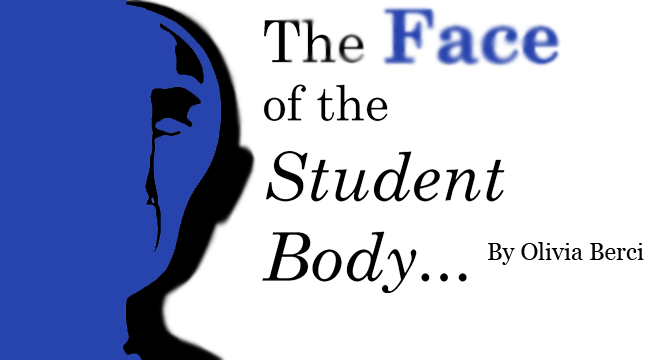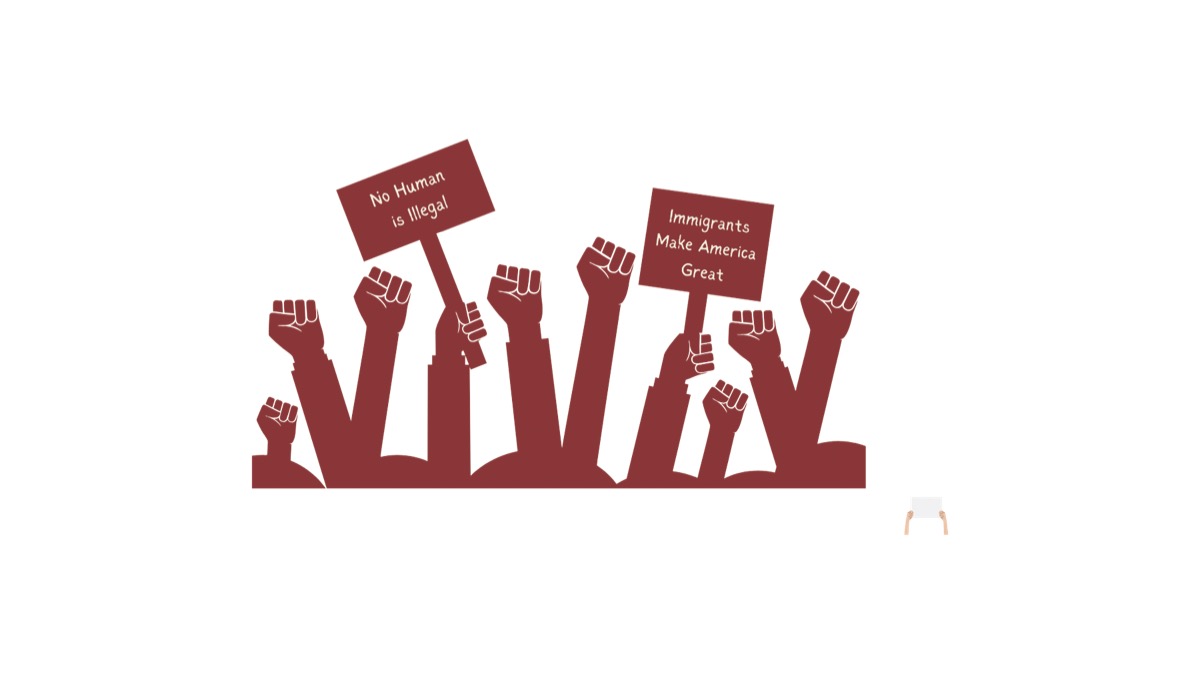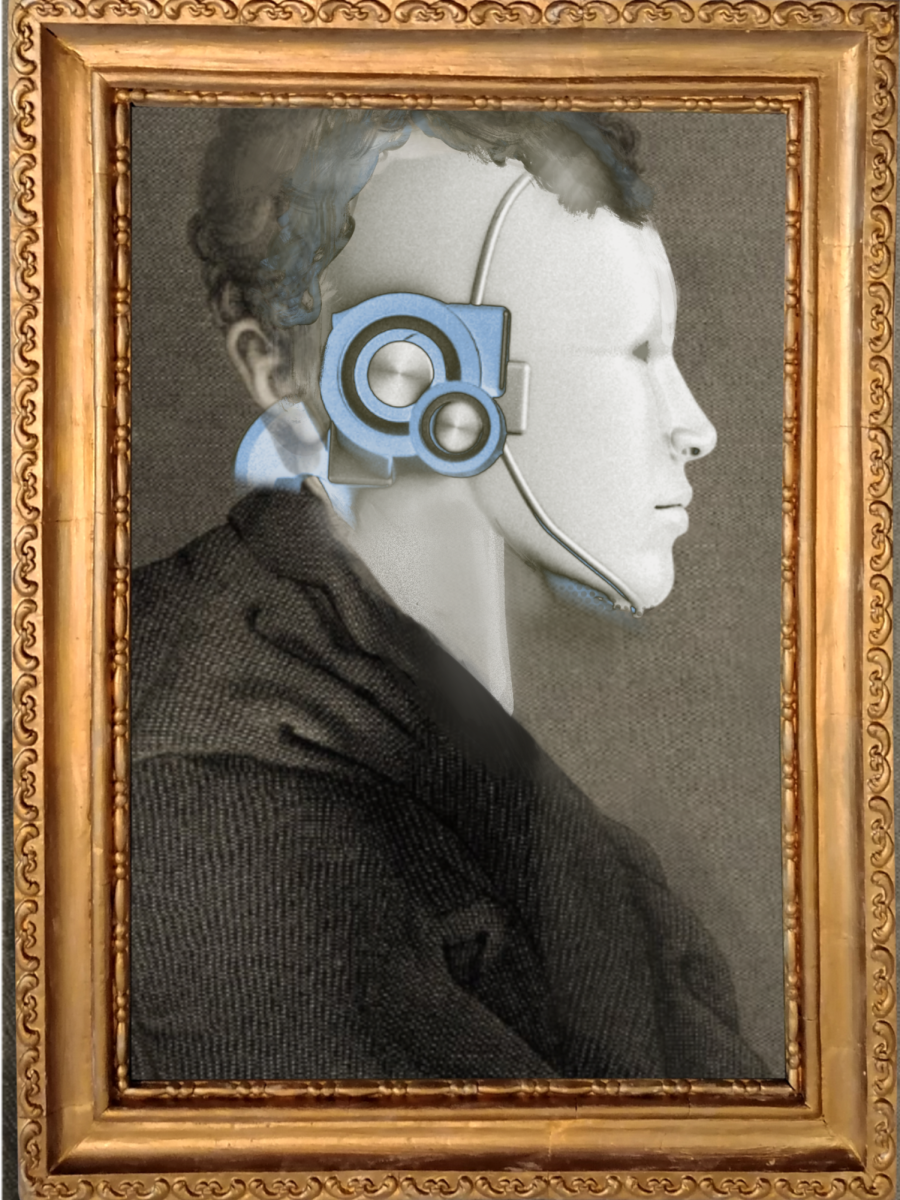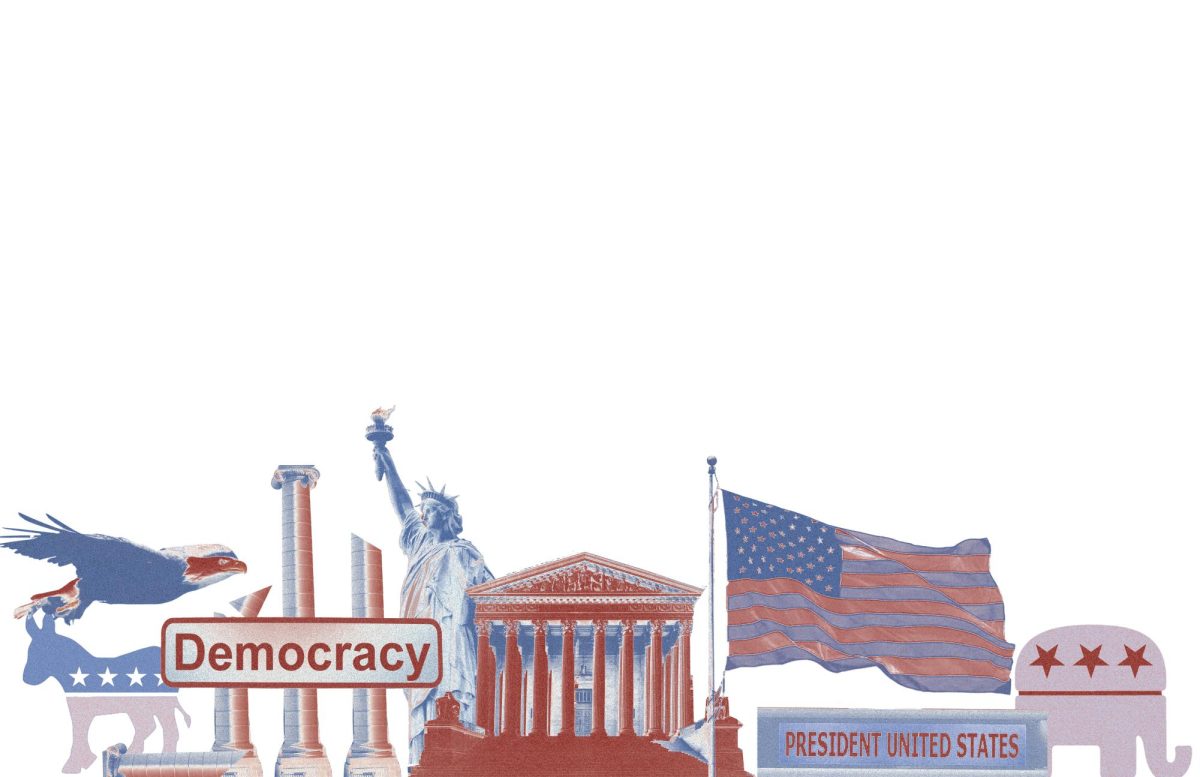 Race matters in our culture. However, society all too often classifies race in unsensible and unfair ways. Race seems to operate in veiled denial or take on a filtered disingenuous definition. We are more diverse as a culture than we have been ever before, but our diversity, only in part, stems from difference in race, and that part is not rooted in the cookie cutter mold it is forced into by stagnant admissions policies. Rather, it is rooted in the traditions, beliefs, and experiences that difference in culture fosters.
Race matters in our culture. However, society all too often classifies race in unsensible and unfair ways. Race seems to operate in veiled denial or take on a filtered disingenuous definition. We are more diverse as a culture than we have been ever before, but our diversity, only in part, stems from difference in race, and that part is not rooted in the cookie cutter mold it is forced into by stagnant admissions policies. Rather, it is rooted in the traditions, beliefs, and experiences that difference in culture fosters.
I would argue that, today, class and race are progressively becoming less interwoven, and our society has outgrown using race as a reliable cipher for obstacle or background.
In the realm of admissions, affirmative action refers to the policies that take factors including not only race, but also religion, gender, sexual orientation and national origin into consideration in order to benefit underrepresented groups in a student body.
Affirmative action is an effort to counter the effects of a national history of discrimination. However, this is a history that continues to develop—to both grow and regress.
The efforts of admission offices need to grow and mold to this evolving history of discrimination.
In the face of this challenge, admissions is confronted with another—a counterproductive backlash claiming to “reverse racism.” Whether admissions comes to adopt a “color blind” system, some definition of diversity will not cease to permeate our lives, whether we chose to acknowledge it or not. To argue that race shouldn’t hold any value in the admissions process isn’t effective.
Affirmative action is not aimed at polarizing the student body. Its policies are intended to break down the opinions that “reverse racism” is taking on.
Affirmative action is part of a movement toward increasing the transparency of the admissions process. Admissions is not, nor should it be, based on a competition between races. Admissions is rather, focused on composing the face of a student body—a face that should reflect the interests, experiences, challenges, personalities, and self-defined identities of a diverse cross section of students to create an effective learning environment. In this student body, diversity in its most transparent and most just form can thrive. This is a student body that, as a college freshman, I hope to be proud to be a part of.





























